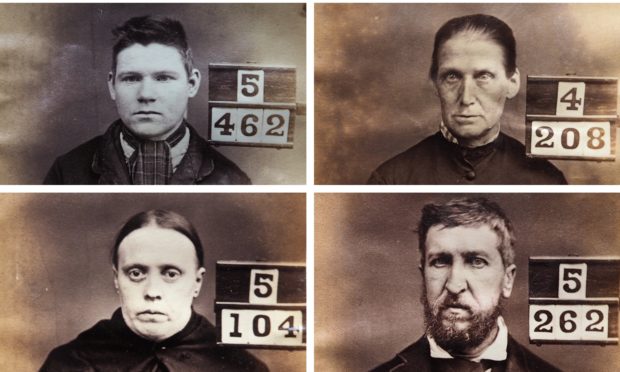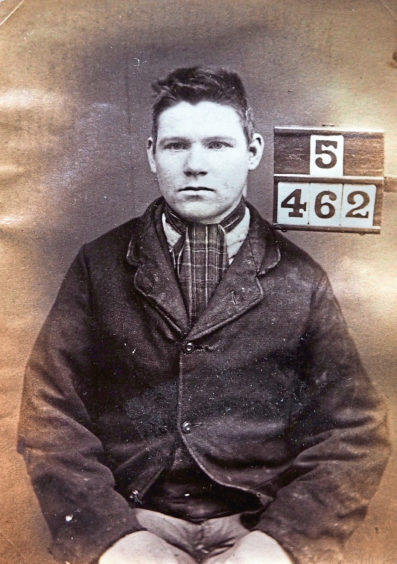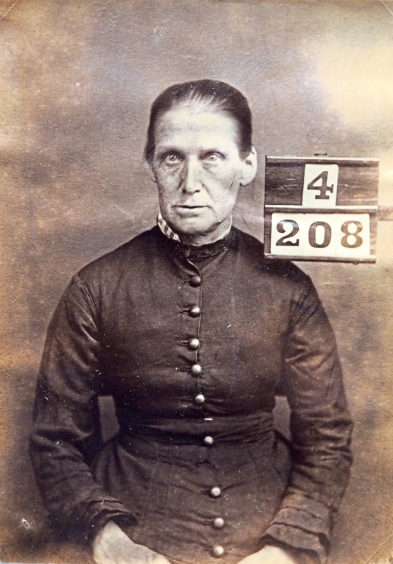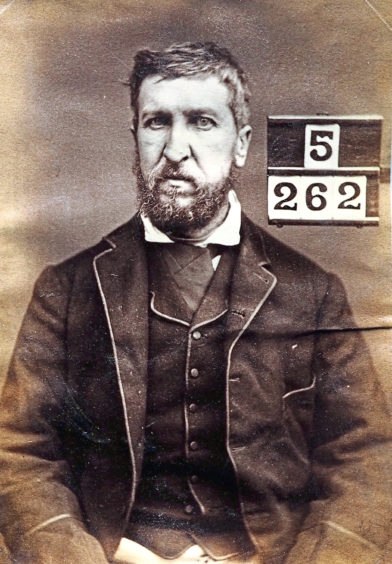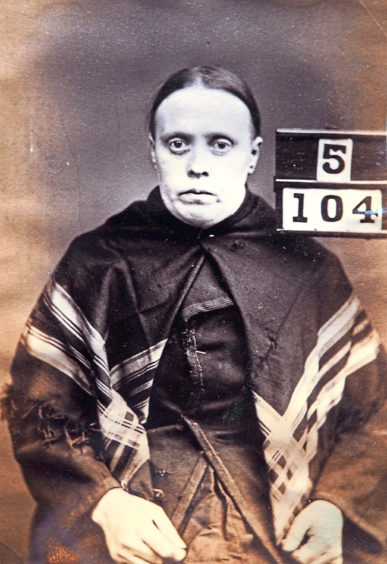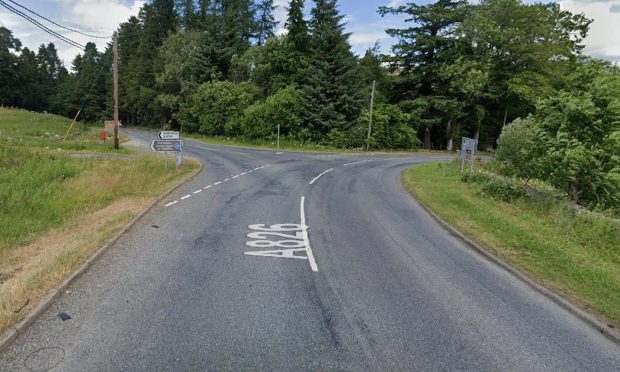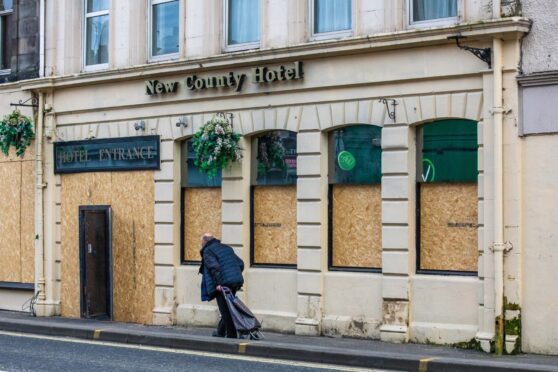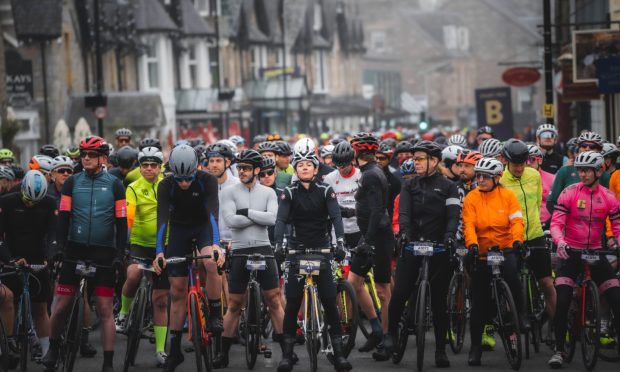Mugshots of Scots criminals from the 1880s are set to go on display for the first time – including a thief who was imprisoned for stealing a book of Burns’ poetry.
The black-and-white snaps were taken just before criminals banged up at the HM General Prison in Perth were released from custody.
More than 900 photographs were taken, with around a third of them women, to help police track ex-cons as they moved around Scotland.
Before the days of DNA testing or fingerprinting, the only way police could identify criminals was by taking photographs and writing a description of their crimes.
Robbers, housebreakers and petty thieves were caught on camera, with many wearing frayed clothes indicating their lowly social status.
But others included the director of the City of Glasgow Bank, James Fleming, who was convicted for his part in “notorious” bank frauds of 1878.
He was imprisoned for eight months, with his crimes affecting up to 100 families.
And drunken Jane Paul, of Dundee, was jailed for 10 months after stealing a Free Church hymn book and a book of Robert Burns’ poems.
Also featured in the album was Catherine O’Hara, who was described in the papers as “an exceedingly miserable old woman” after she appeared in court in February 1882 to plead guilty to stealing from a bleaching green.
O’Hara, who had 10 other convictions for offences committed over a two-year period, was sentenced to nine months in HMP Perth.
The mugshots are set to go on show as part of the Granite Noir crime writing festival in Aberdeen this month.
City archivist Phil Astley said: “Such ‘mugshots’ were a relatively new technology for the time.
“In addition to its practical use in identifying individual criminals, the photography of prisoners may have been given impetus by theories of criminal physiology, such as individual criminals sharing certain facial or cranial characteristics.
“The frayed clothes of many of those featured hint at their low social status.”
Women included in the album include Matilda Brown, who was found guilty of the assault and robbery of Italian seaman Angelo Moracen in a house in Lawson’s Wynd, Leith, Edinburgh, in August 1881.
For this, Brown was sentenced to 12 months’ imprisonment.
The exhibition, Criminal Portraits, is at Central Library and The Lemon Tree, Aberdeen, from February 22 to 24.
